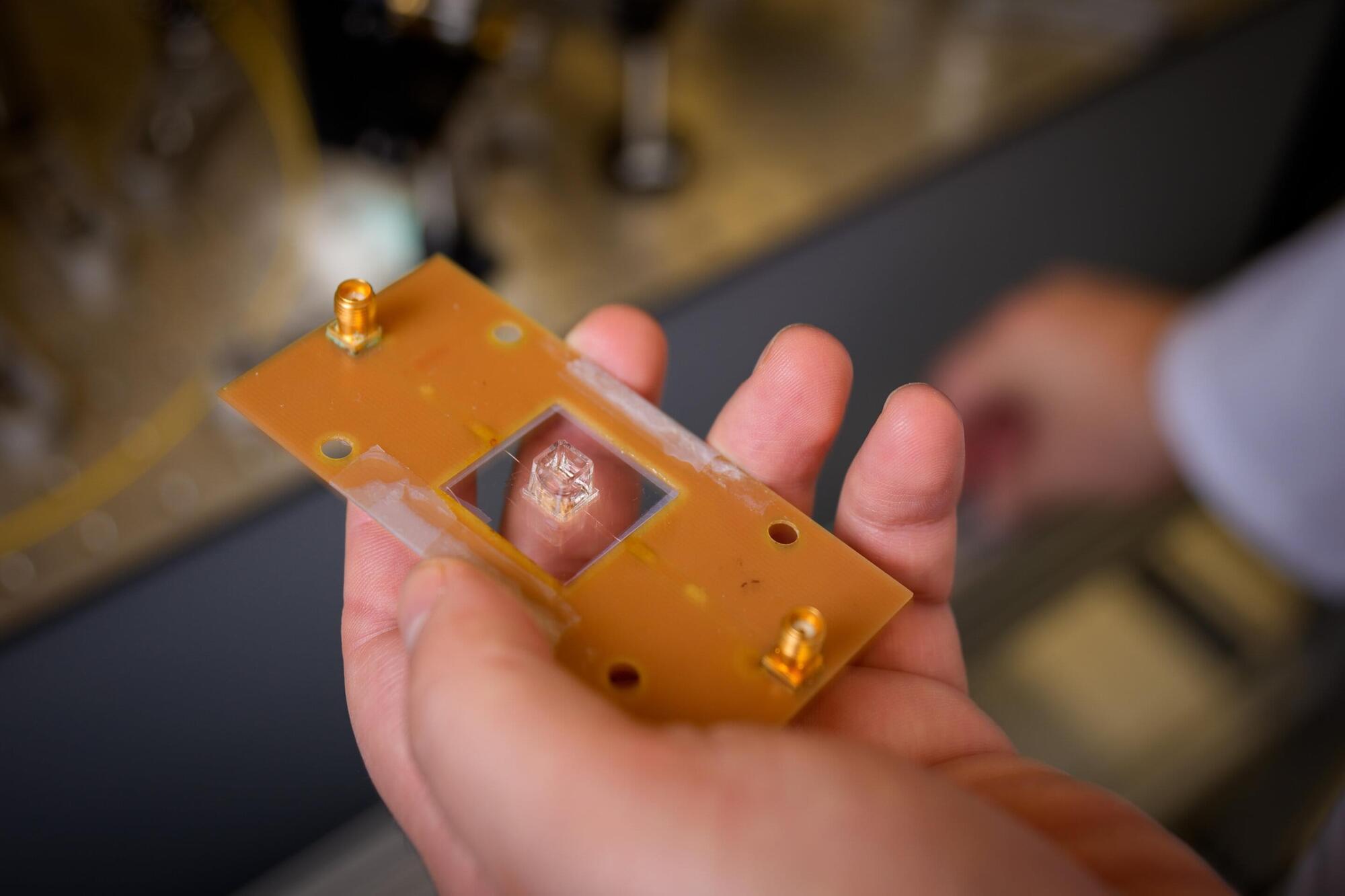Putting hypersensitive quantum sensors in a living cell is a promising path for tracking cell growth and diagnosing diseases—even cancers—in their early stages.
Many of the best, most powerful quantum sensors can be created in small bits of diamond, but that leads to a separate issue: It’s hard to stick a diamond in a cell and get it to work.
“All kinds of those processes that you really need to probe on a molecular level, you cannot use something very big. You have to go inside the cell. For that, we need nanoparticles,” said University of Chicago Pritzker School of Molecular Engineering Ph.D. candidate Uri Zvi. “People have used diamond nanocrystals as biosensors before, but they discovered that they perform worse than what we would expect. Significantly worse.”
